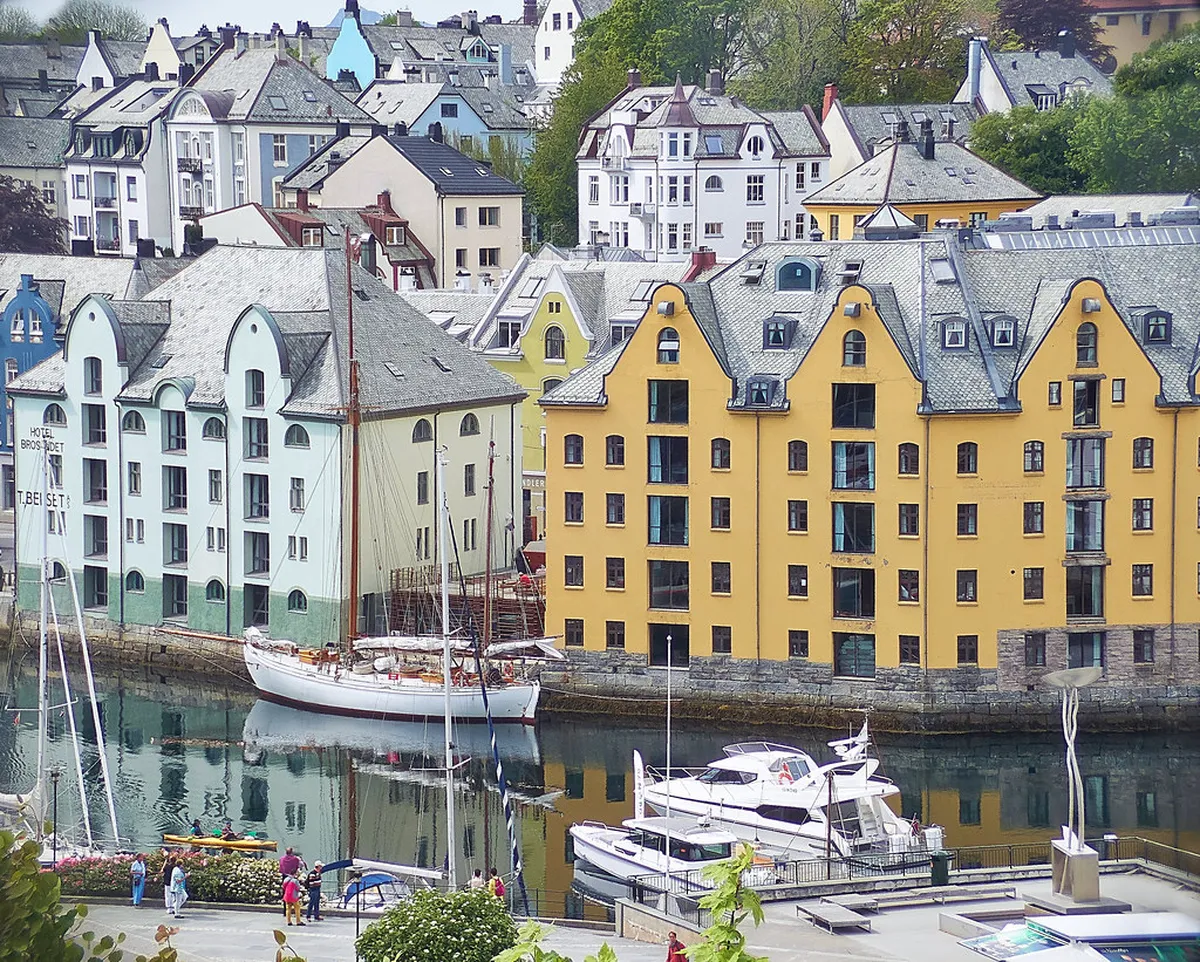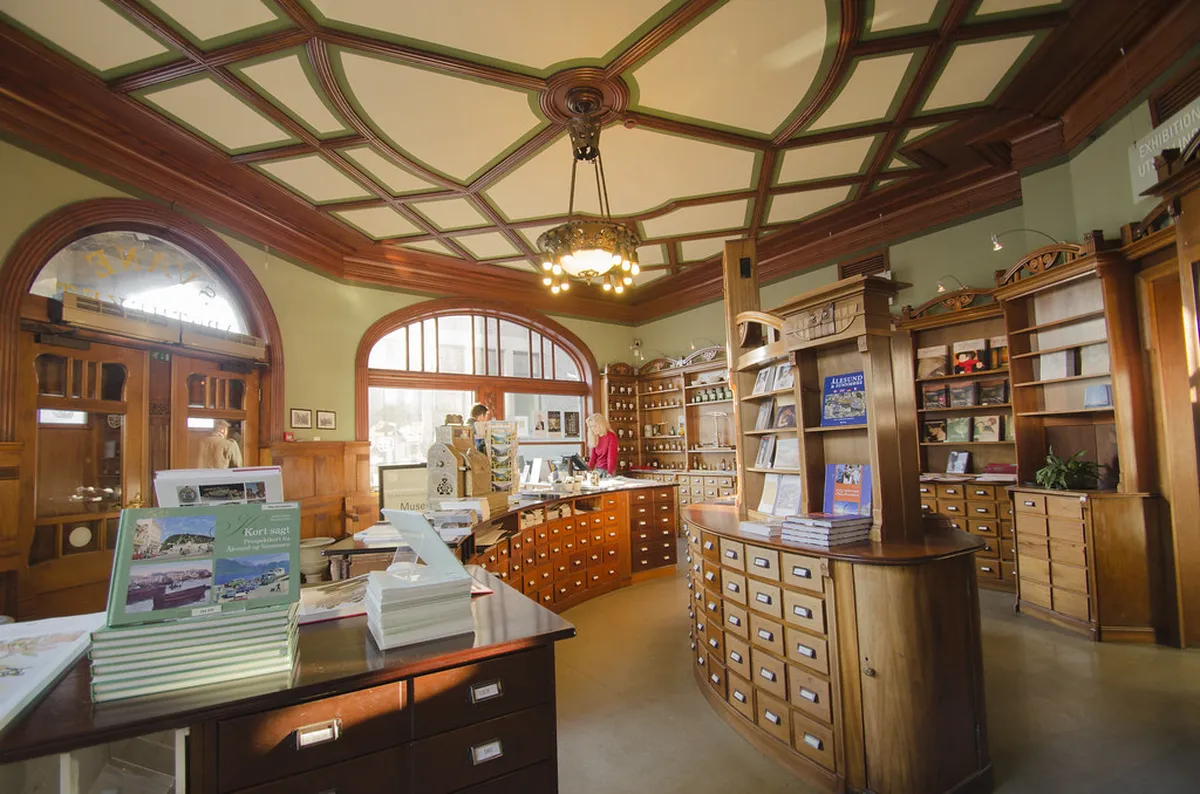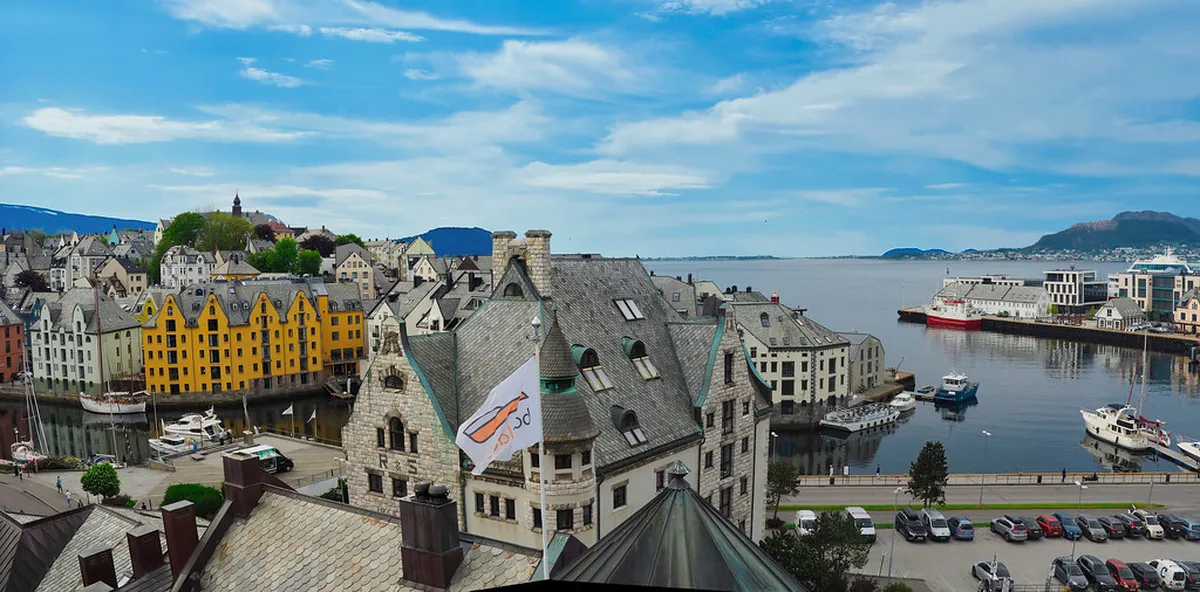Tokyo Onsen & Public Baths: Where to Soak in the City
Japanese bathing culture represents one of the nation's most cherished traditions, offering not just cleanliness but communal relaxation, healing, and social connection. While Tokyo may not have the natural hot springs of mountainous regions like Hakone or Kusatsu, the metropolis still provides numerous opportunities to experience this quintessential aspect of Japanese life. From historic neighborhood bathhouses (sento) to elaborate hot spring complexes that pipe in thermal waters from distant sources, our guide reveals where to enjoy this timeless ritual in Japan's capital city. Enhance your Bath experience with our Bath itinerary. Coordinate your travel plans with our Bath itinerary.

Understanding Japanese Bath Culture
Plan this trip faster with our free online itinerary maker. Get a personalized day-by-day plan in minutes.
Before diving into specific recommendations, it's essential to understand the distinction between different types of Japanese bathing facilities: Schedule your trip with our Bath itinerary. Create your ideal travel schedule with our Bath itinerary.
Sento (銭湯): Traditional Public Bathhouses
Sento are neighborhood bathhouses that have served communities for centuries, using heated tap water rather than natural hot springs. These unpretentious establishments traditionally provided bathing facilities when many homes lacked private bathrooms. Today, they represent living cultural heritage and community gathering spaces. A typical sento features gender-separated bathing areas with washing stations and large, shared soaking tubs. Many historic sento showcase beautiful tile murals, often depicting Mount Fuji, and retain architectural elements from the mid-20th century. Create your ideal travel schedule with our Canterbury itinerary. Structure your adventure with our detailed York itinerary.
Onsen (温泉): Natural Hot Springs
While onsen technically refers to baths using geothermally heated spring water containing specific minerals, Tokyo's "onsen" typically import this water from natural sources outside the city. These facilities often create more elaborate bathing environments than standard sento, sometimes with outdoor baths (rotenburo), multiple pools of varying temperatures, and spa services. The mineral content of onsen waters purportedly offers health benefits ranging from improved circulation to skin healing. Schedule your trip with our London itinerary. Schedule your trip with our Bristol itinerary.
Super-Sento/Spa Complexes
Modern super-sento establishments blend traditional bathing with contemporary amenities, often featuring multiple themed baths, saunas, relaxation areas, and dining options. These larger facilities provide a full day's entertainment with various water features, massage services, and resting areas. While less traditional than neighborhood sento, they offer accessible entry points to Japanese bath culture for visitors. Coordinate your travel plans with our Bristol itinerary. Organize your journey with our comprehensive Canterbury itinerary.
Pro Tip: First-time visitors should review bathing etiquette before visiting: wash thoroughly at the shower stations before entering communal baths, never bring towels into the bath water, and cover tattoos if possible (some establishments prohibit them). Arrange your visit using our Stratford-upon-Avon itinerary.
Historic Sento: Neighborhood Bathing Culture
Takara-yu (銭湯 タカラ湯)
Operating since 1927 in Nippori, Takara-yu exemplifies the classic Tokyo sento with its beautiful Mount Fuji mural and distinctive blue tile work. After wartime destruction, this bathhouse was rebuilt in the early Showa period style with high ceilings and natural light from upper windows. Its reasonable entry price (around ¥500) and authentic atmosphere make it popular among locals and visitors seeking a genuine experience. The facility includes a traditional heated cypress wood bath that emits a pleasant aroma.
Daikoku-yu (大黒湯)
This Shinjuku bathhouse dating to 1951 preserves retro charm while adding modern touches like jacuzzi jets. Daikoku-yu's standout feature is its spectacular ceiling painting depicting seasonal landscapes. The original building showcases vintage architecture with a distinctive front entrance of colored glass blocks. Located in a working-class neighborhood, this sento provides an authentic glimpse into everyday Tokyo life away from tourist areas.
Teishoku Sento Shimizu-yu (定食銭湯 清水湯)
For a uniquely delicious bathing experience, visit Shimizu-yu in the Kita-Senju area. This facility combines the traditional sento experience with an excellent on-site restaurant serving teishoku (set meals). The bath itself features classic hand-painted Mount Fuji murals, while the culinary component offers perfect post-bath nourishment with dishes like tonkatsu (fried pork cutlet) and seasonal tempura. The establishment dates back over 60 years and remains family-operated.
Onsen Experiences: Mineral Springs in the Metropolis
Oedo Onsen Monogatari (大江戸温泉物語)
Located in Odaiba, Oedo Onsen Monogatari recreates an Edo-period hot spring town within a massive entertainment complex. The facility imports natural hot spring water from 1,400 meters underground in the Tokyo Bay area. Visitors don yukata (casual summer kimono) and enjoy multiple bathing options, including outdoor baths, themed pools, and foot baths. Beyond bathing, the complex features festival games, restaurants, and massage services. While touristy, it offers a comprehensive introduction to Japanese bathing culture with good English support.
Thermae-Yu (テルマー湯)
Conveniently located in Shinjuku's Kabukicho district, Thermae-Yu imports hot spring water from Izu Peninsula. This 24-hour facility spans multiple floors with various bathing experiences, including carbonated baths, silky "silk baths," and seasonal herb baths. The complex also features Finnish-style saunas, salt saunas, and relaxation lounges. Its central location makes it perfect for refreshing tired legs after a day of Tokyo exploration.
Tokyo Somei Onsen Sakura (東京染井温泉 さくら)
Tucked away in a residential area of Sugamo, Tokyo Somei Onsen pumps water from 1,500 meters below ground. This natural sodium-chloride hot spring is known for its smooth, silky water quality that leaves skin feeling moisturized. The facility maintains a more traditional atmosphere than larger complexes, with both indoor and outdoor bathing options. The open-air bath is particularly pleasant, surrounded by bamboo and seasonal plants that create a tranquil escape from urban surroundings.
Family-Friendly Bathing Options
Many families wish to experience Japanese bath culture together, but traditional facilities separate genders, making this challenging. Several options accommodate family needs:
LaQua (ラクーア)
Located in Tokyo Dome City, LaQua offers family-oriented bathing with special features for children. While the main bathing areas maintain gender separation, the facility includes a water park area where families can enjoy pools together (swimsuits required). The complex draws natural hot spring water from 1,700 meters underground, with mineral properties believed to help muscular pain and fatigue.
Private Bath Experiences
For families or those uncomfortable with communal nudity, some facilities offer kashikiri-buro (private baths) for rental by the hour. Ryokan (traditional inns) like Homeikan in Hongo or Sawanoya in Yanaka sometimes allow visitors to book their private baths without staying overnight. These intimate settings provide the authentic hot spring experience while maintaining privacy.
Modern Bathing Innovations
Heiwajima Onsen (平和島温泉)
Near Haneda Airport, Heiwajima Onsen offers a convenient bathing option for travelers with layovers. This modern facility features unique bathing experiences including a "silk bath" with microbubbles that create a silky water texture, as well as a salt sauna and various jet baths. The complex provides free shuttle service from nearby stations and offers reasonably priced overnight packages for those with early flights.
Spa LaQua (スパ ラクーア)
Part of the Tokyo Dome City entertainment complex, Spa LaQua represents the evolution of Japanese bathing culture with its extensive facilities. Beyond standard hot spring baths, visitors can experience healing baths, various saunas, and specialized treatments. The facility's natural hot spring water emerges at 36°C (96.8°F) from 1,700 meters underground, containing sodium chloride believed to improve circulation and relieve fatigue.
Bathing Etiquette Essentials
- Pre-bath Washing: Always thoroughly wash at the shower/washing stations before entering communal baths
- No Swimwear: Traditional onsen and sento prohibit swimsuits in bathing areas
- Tattoo Policies: Some establishments restrict visitors with tattoos; check in advance or cover with waterproof patches
- Small Towel Use: Bring a small hand towel for washing and modest covering when walking between baths (but never immerse it in bath water)
- Quiet Atmosphere: Maintain a peaceful environment—baths are for relaxation, not loud conversation
Experiencing Tokyo's bath culture offers insights into Japanese communal values, wellness traditions, and social practices that remain central to everyday life. Whether you choose a historic neighborhood sento for authenticity or a modern complex for comfort, taking time to soak in these waters provides both physical refreshment and cultural connection during your Tokyo journey.
For other unique cultural experiences in Tokyo, see our Tokyo Cultural Experiences guide. Families traveling with children should also consult our Tokyo Family Travel Guide for kid-friendly bathing options and other activities.



